Located in Seberang Perai Selatan, Bukit Tambun is a charming fishing village with a sweet past, thanks to the high demand in tea-drinking Britain back in the 19th century. It was this craze that prompted the early Chinese settlers in Bukit Tambun to plant hectares of sugarcane, spurring the establishment of its town centre, which consist of a single road (presently Jalan Bukit Tambun) with rows of shophouses and, in turn, the construction of huge mansions owned by wealthy pioneering sugar planters like the Khaw and Heah families. [1]
One is hard-pressed to imagine sugarcane plantations at Bukit Tambun today. It now comprises a happy mix of river-fronting seafood restaurants alongside the surviving ancestral mansions and pre-war shophouses, which got new coats of colourful paint embellished with delightful murals sometime in 2015. [2]
“Someone posted pictures of the murals and the rainbow-colored heritage shophouses on Facebook and I knew right away I had to check it out. I love how the coloured shophouses and the murals radiate warmth and hospitality, where out-of-towners like me feel welcome to stroll around,” says Lau Sinn Wee, a visitor from Gelugor, Penang Island.
The bigger murals are intended to portray the town’s history, culture and community while residents have also taken it upon themselves to decorate the exterior of their houses with drawings ranging from famous celebrities to comic book characters. The upgrading project was headed by the chairman of the area’s Village Development and Security Committee Datuk Tan Kian Poo and his friend Peter Lim.
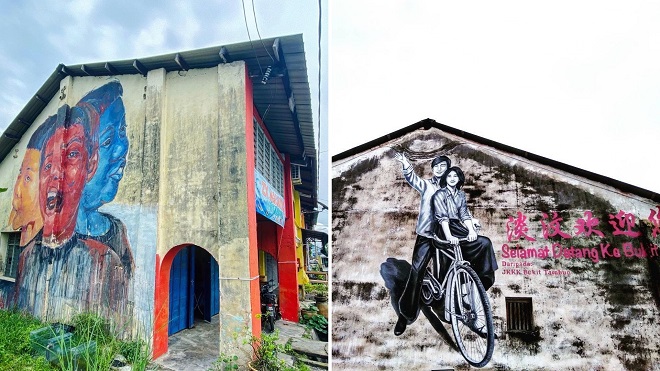

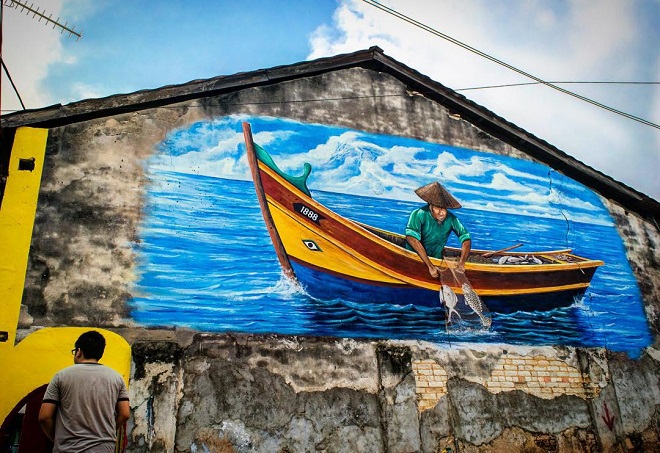
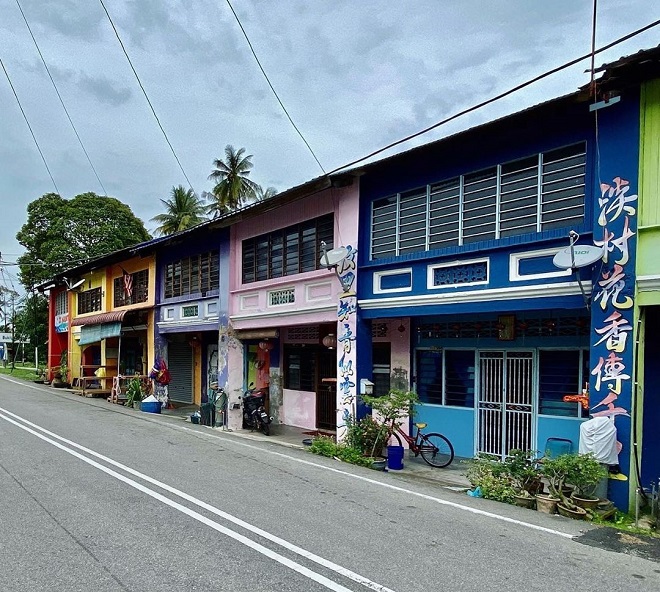
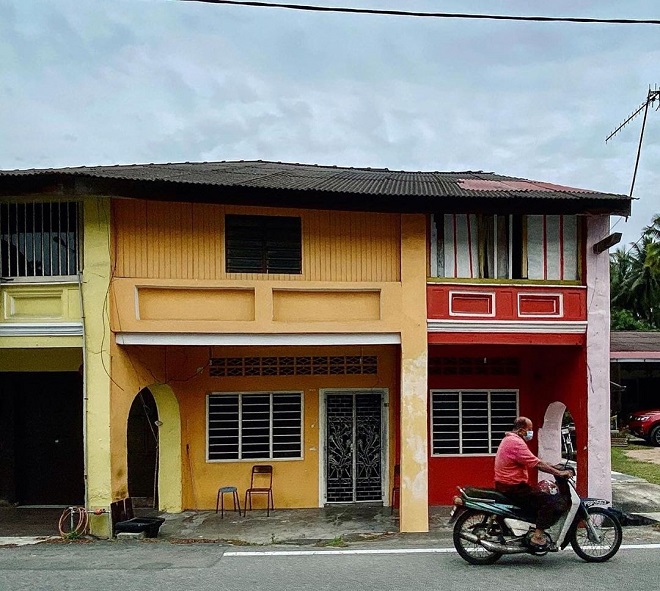

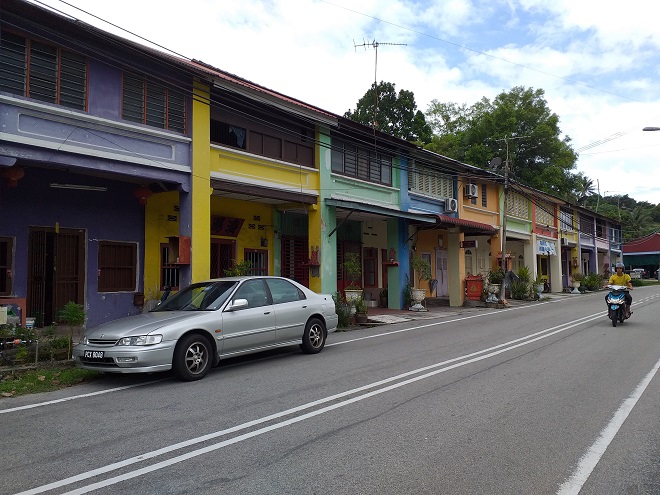
Heritage Sites
The success of the mural project not only has drawn in visitors but it has also started a larger conversation about the town’s heritage mansions. Visitors started to wonder who were the owners, and why were they built in remote places? The southern Chinese eclectic style mansions have been the icons of the area since their construction in the 19th century and act as a history lesson on two of Bukit Tambun's most influential, respected, and wealthiest men: Heah Swee Lee and Khaw Boo Aun.
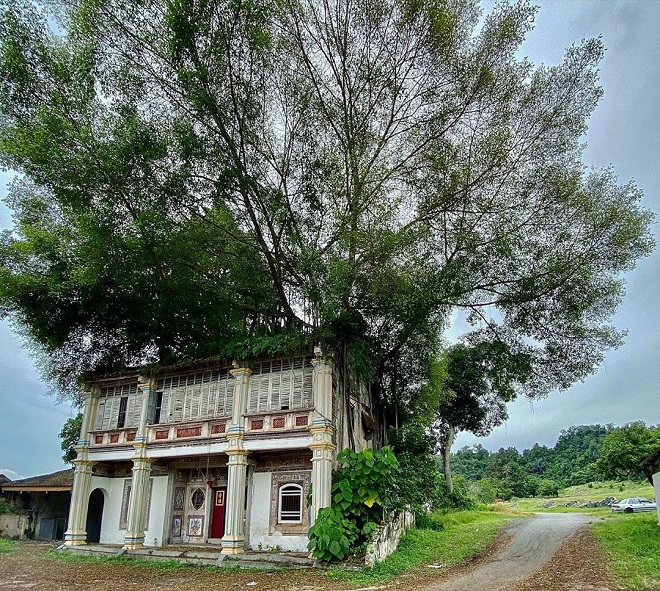
Located next to Liu Siang coffee shop along Jalan Bukit Tambun, Heah Swee Lee’s ancestral mansion is a sight to behold in spite of its dilapidated state. This beautiful double-story mansion dates back to the 19th century and had housed over three generations of the Heah clan before it was abandoned. The mansion, however, received a minor facelift to prepare for its role as the setting for a local drama series, “The Promise”.
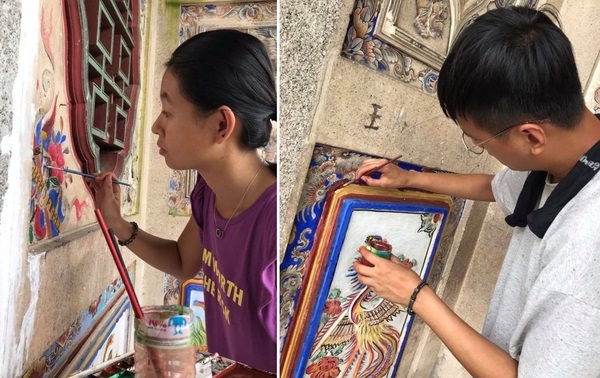
Here, visitors can pause to admire the intricate paintings depicting stories from the ancient Chinese filial piety examples, its double-happiness iron window grills, and the nostalgic wooden front door that make up the enchanting facade of the Heah Swee Lee's ancestral mansion.
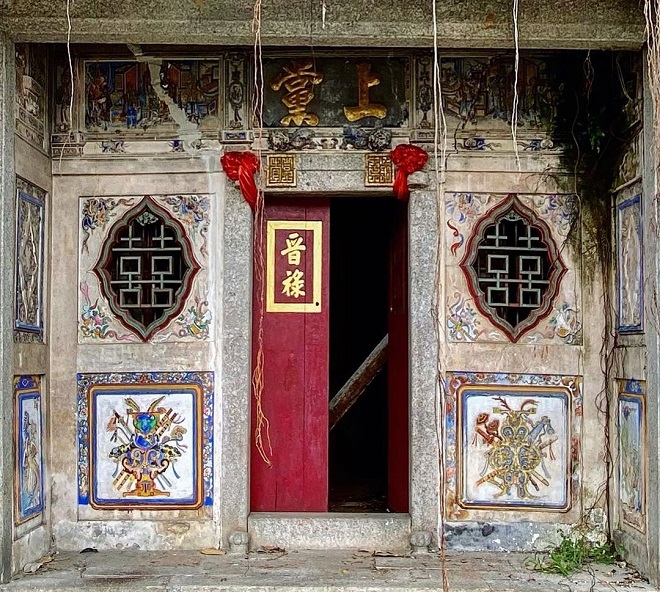
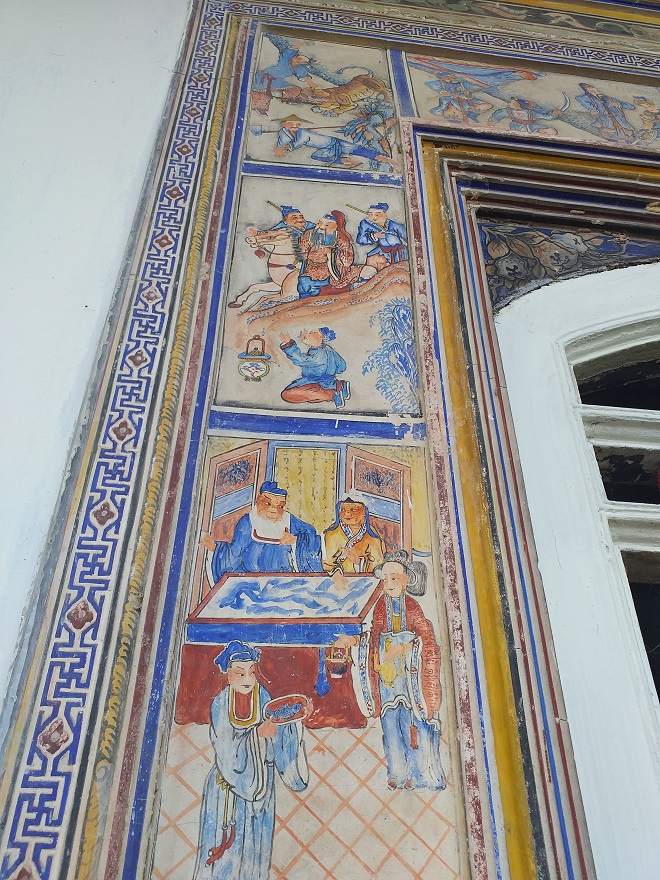
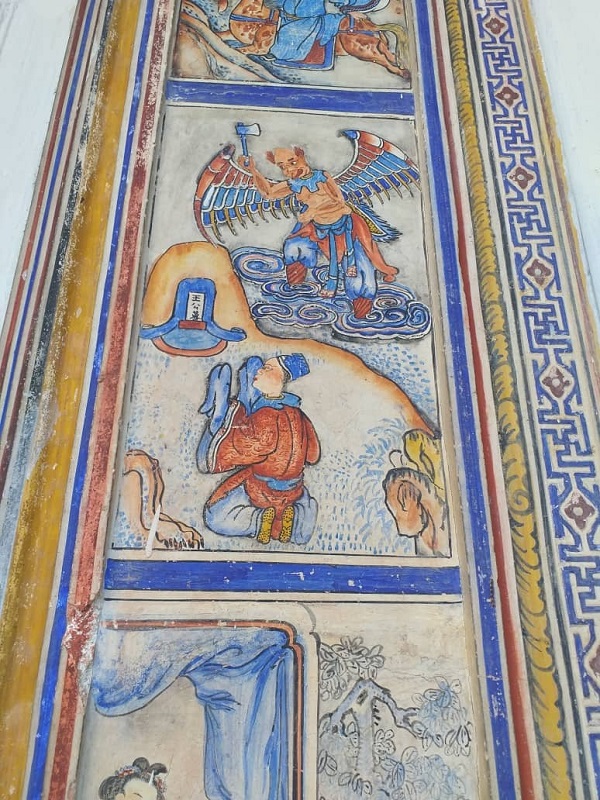
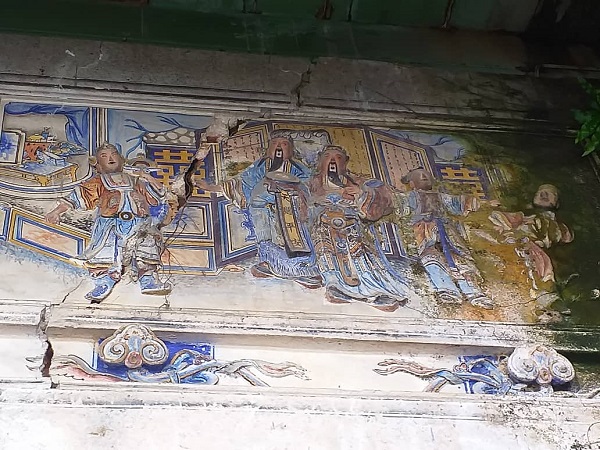
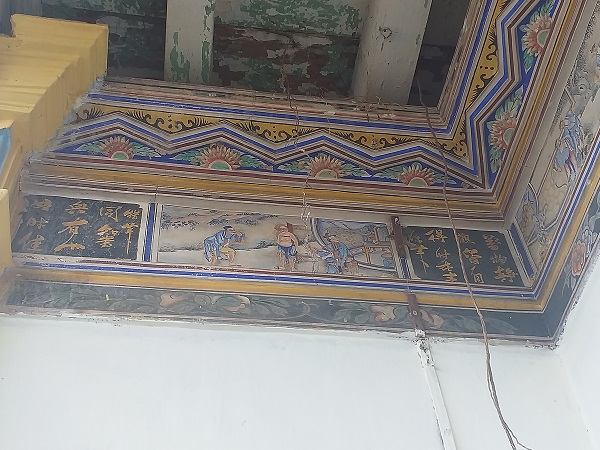
In the 19th century, the Heah family was practically royalty in this part of town. Heah Jin Wooi, one of the leaders of the Penang Teochew Association who pioneered sugarcane planting in Kuala Kurau, constructed this grandiose family mansion in Bukit Tambun, and it was here that his son, Heah Swee Lee, who would subsequently take over his vast 2,000-acre Jin Heng Estate, was born in 1875. [1]

A stone’s throw from Heah Swee Lee’s ancestral villa lies Kapitan Khaw Boo Aun’s family mansion, a three-bay courtyard house with two extended wings at both ends. It was built in 1866 by pioneering sugar planter Khaw Loh Hup, the father of Kapitan Khaw Boo Aun, after his retirement. It is interesting to note that both father and son were leaders of the Teochew faction in the Ghee Hin society. Kapitan Khaw Boon Aun especially was actively involved in the Third Larut War (1871-1873) and provided material support to Raja Abdullah by launching boats loaded with fighting men and supplies for his counterpart in Larut. [1]
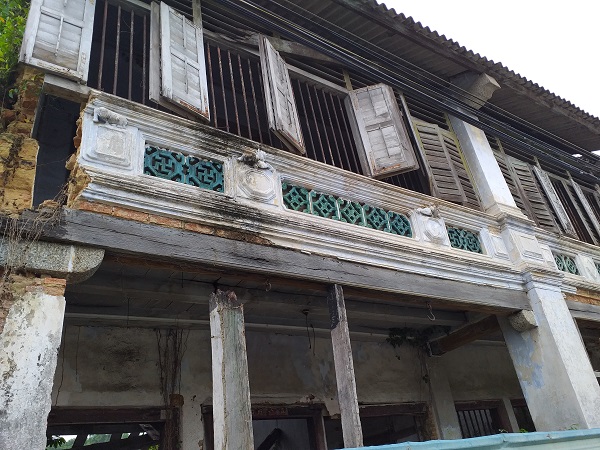
This beautiful Chinese townhouse, which also served as an ancestral hall, is one of the earliest brick houses in Bukit Tambun. Unfortunately, all historical relics from this house were looted and it is now boarded up and out of bounds. Visitors can still take a peek between the partitions to satiate their curiosity, if they are so inclined.
Heritage Food: Tambun Biscuit
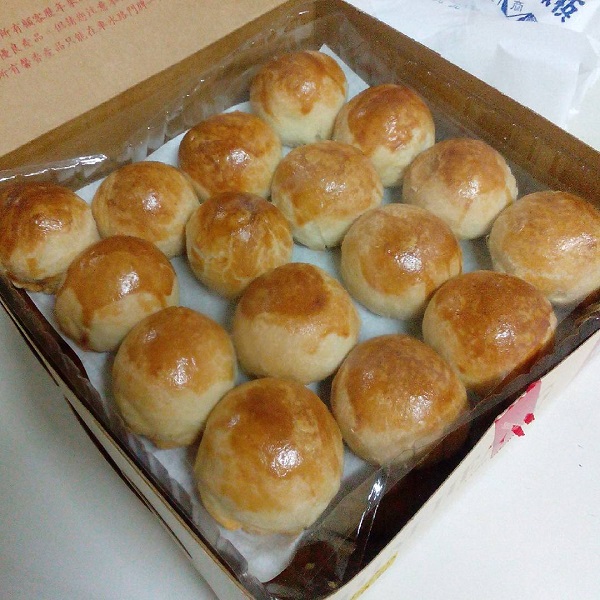
Tambun biscuit is a miniature version of another local pastry known as tau sar pneah (bean-paste biscuits), which was initially introduced by immigrants from the Fujian province of China during the British colonial period. Tau sar pneah then evolved into the Tambun biscuit and became the iconic must-have pastry from Penang. Both pastries are made from wheat flour, sugar, green bean paste, fried onions, lard, and salt. As the name suggests, Tambun biscuit is believed to be invented in Bukit Tambun, so make sure you bring these pastries, available in any shops and restaurants, home with you during your visit!
Seafood Paradise
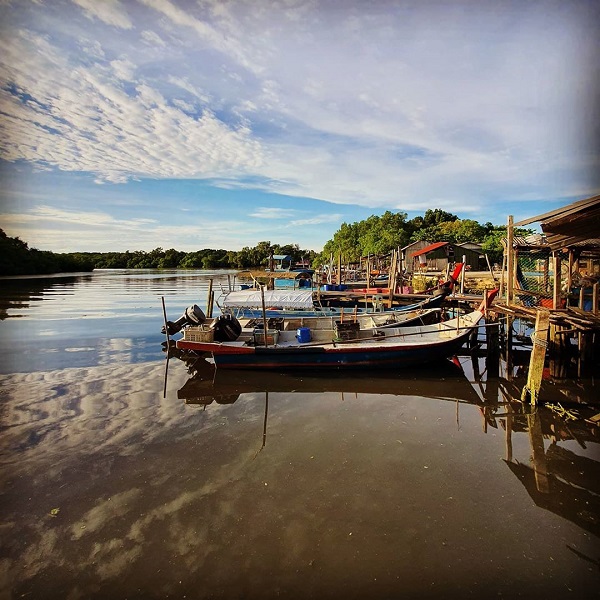
As Bukit Tambun is located nearby to Sungai Jawi, fishing has been one of the main sources of income for the community even before the arrival of the British. Back in the old days before Francis Light came to Penang (and evidently, before the tea-drinking craze in Britain), people from Pulau Aman would migrate to Batu Kawan and then to Bukit Tambun to become fishermen. [3] However, it was not until the 1990s when the area began to earn its reputation as a seafood paradise with the emergence of river-fronting seafood restaurants along the Sungai Jawi, offering fresh-off-the-boat catches cooked by expert hands in many different ways. You’ll find fishes, shrimps and crabs fried in butter, or with curry and other spices.
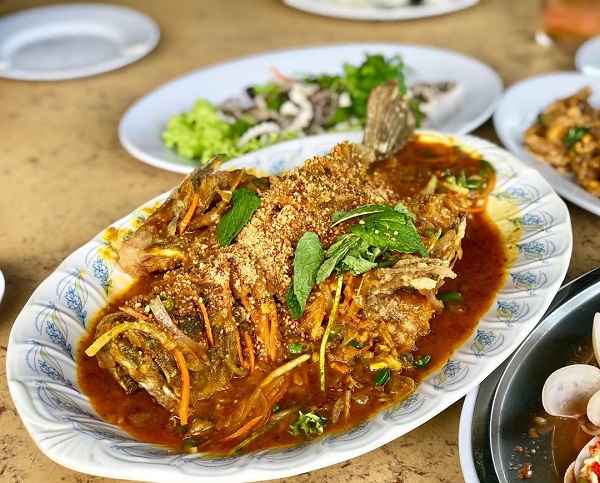

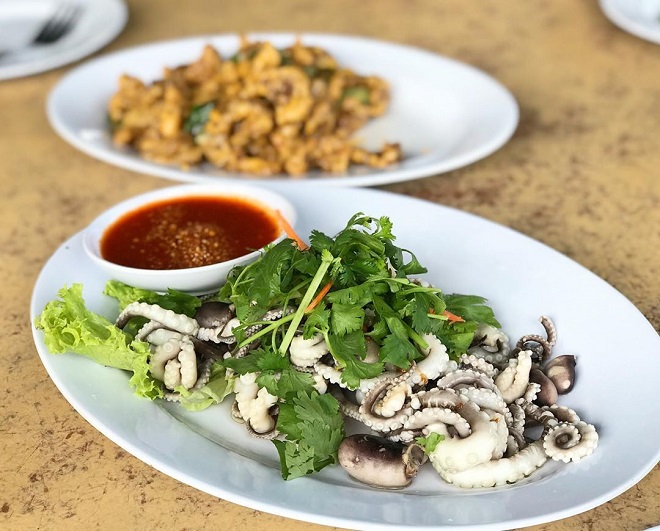
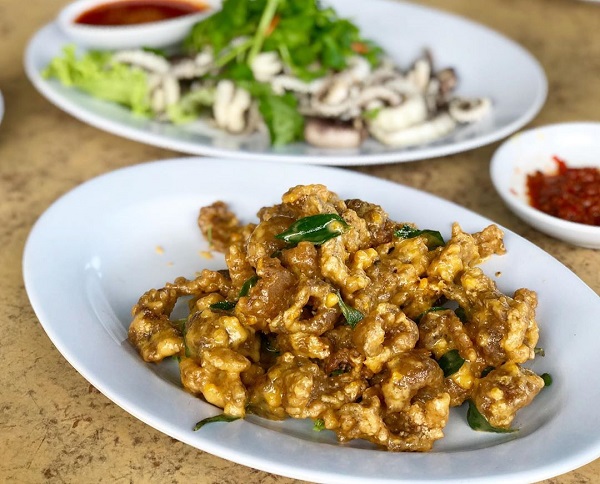
“Best of all, the prices are really affordable,” says Ong Bee Kim, an islander who often crosses the bridge to Bukit Tambun as she finds the seafood are comparatively cheaper across the strait. “When I eat here, I have no qualms about ordering mud crabs. Not only are the crabs huge and meaty, but they are reasonably priced,” she says.

But for those craving for a different dining experience, opt to dine "shell out" style instead. “Shell Out” is a dining trend where food is served on the table without any plates and utensils, and is eaten by hands. This trend is very popular amongst Malay diners around Malaysia, and Bukit Tambun has also caught on to the "shell out" trend, with the availability of two "shell out" restaurants here.
Name: Selera Tambun (Shell Out)
Add: 1786, Jalan Bukit Tambun
Hours: 12pm - 12am (daily)
Name: Shell Out Daun Pisang
Add: 884, Jalan Bukit Tambun
Hours: 4:15pm–12am (closed on Thursdays)
Name: Prawn Village Restaurant (Halal)
Add: 672, Jalan Bukit Tambun
Hours: 11:30am - 10:30pm (daily)
Name: Jetty Seafood Restaurant
Add: 860, Bagan Bukit Tambun
Hours: 12 noon to 10pm (daily)
Name: Floating Seafood Paradise
Add: Lot 2400, Jalan Bukit Tambun
Hours: 12pm - 10:30pm (closed on Tuesdays)
Recreational Fishing
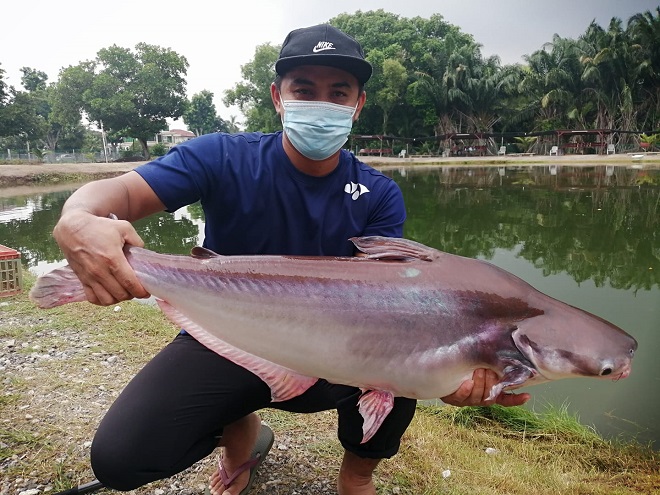
Bukit Tambun is a perfect spot for those looking to cap off a day of seafood lunch in this historic town with a little fishing, all made possible by the nearby Sungai Jawi. The knowledgeable folks at the tackle shops in the town center will kit you out with everything needed to get going.
However, for beginners, you could test the waters and pick up the hobby at your own pace at a fishing pond. Expect to reel in freshwater fishes like tilapia, keli (catfish), haruan (snakehead murrel) and more when you’re out fishing here, be it in Sungai Jawi or at the recreational fishing pond.
Name: Kolam Pancing Bukit Tambun
Add: Taman Tambun Emas, Bukit Tambun
Hours: 9am - 12pm (closed on Mondays)
Nearby Places of Interest
A visit to Bukit Tambun can often feel like simultaneously being in the present and traveling some hundreds of years back into the past, with its beguiling mix of tradition and contemporary street art culture. For a change of pace, head to the neighbouring Batu Kawan, where modern-day shopping awaits!

Billed as the greenest mall in Malaysia and the only outlet mall in the Northern region, Design Village Outlet Mall boasts an impressive outdoor shopping concept featuring a large variety of sportswear, iconic fashion and accessory brands plus food and beverage outlets. Other than shopping, the outlet mall also offers a lush 24-acres carefully curated award winning tropical garden, and wide sheltered walkways for the comfort of its visitors.
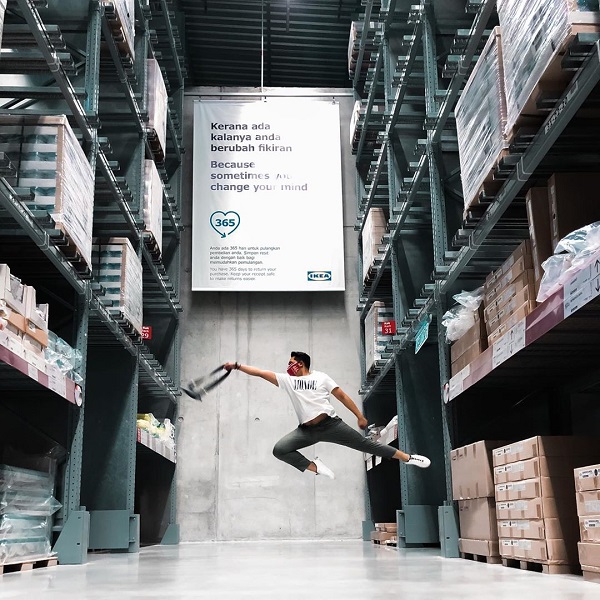
Another must-visit spot is none other than IKEA Batu Kawan. This world-famous Swedish founded furniture brand is Malaysia's first store to be opened in the northern region. Drop by to scout for some furniture, interior design inspiration, or simply try their famous Swedish meatballs. Oh, did we mention it has plenty of Instagrammable spots, too?
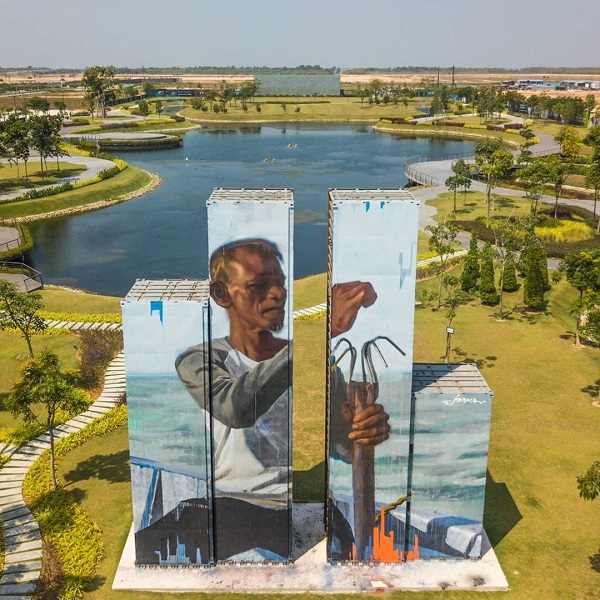
IKEA is also just minutes away from one of Penang International Container Art Festival’s (PICAF) installations, so visitors can satisfy their Instagram needs in one convenient visit. Painted by Canadian artist Emmanuel Jarus and Kuala Lumpur-based artist Caryn Koh, the murals on the art installation are powerful visual stories highlighting the values of the Penang Strait and the Penang Second Bridge in connecting the island and the mainland.
Name: Design Village Outlet Mall
Add: 733, Jalan Cassia Barat 2, Bandar Cassia
Hours: Monday to Friday 11am - 8pm, Saturday, Sunday and Public Holiday 11am - 10pm
Info: http://designvillage.today/
Name: IKEA Batu Kawan
Add: 752, Persiaran Cassia Selatan 8, Bandar Cassia
Hours: 10am-10pm (daily)
Info: https://www.ikea.com/my/en/stores/batu-kawan/
Name: PICAF’s Container Art Installation at Aspen Vision City, Batu Kawan
Info: https://www.facebook.com/PICAF2020/
Location: https://goo.gl/maps/wAz25JJDND2phg7eA
[1] https://penangmonthly.com/article.aspx?pageid=9898&name=let_them_not_crumble